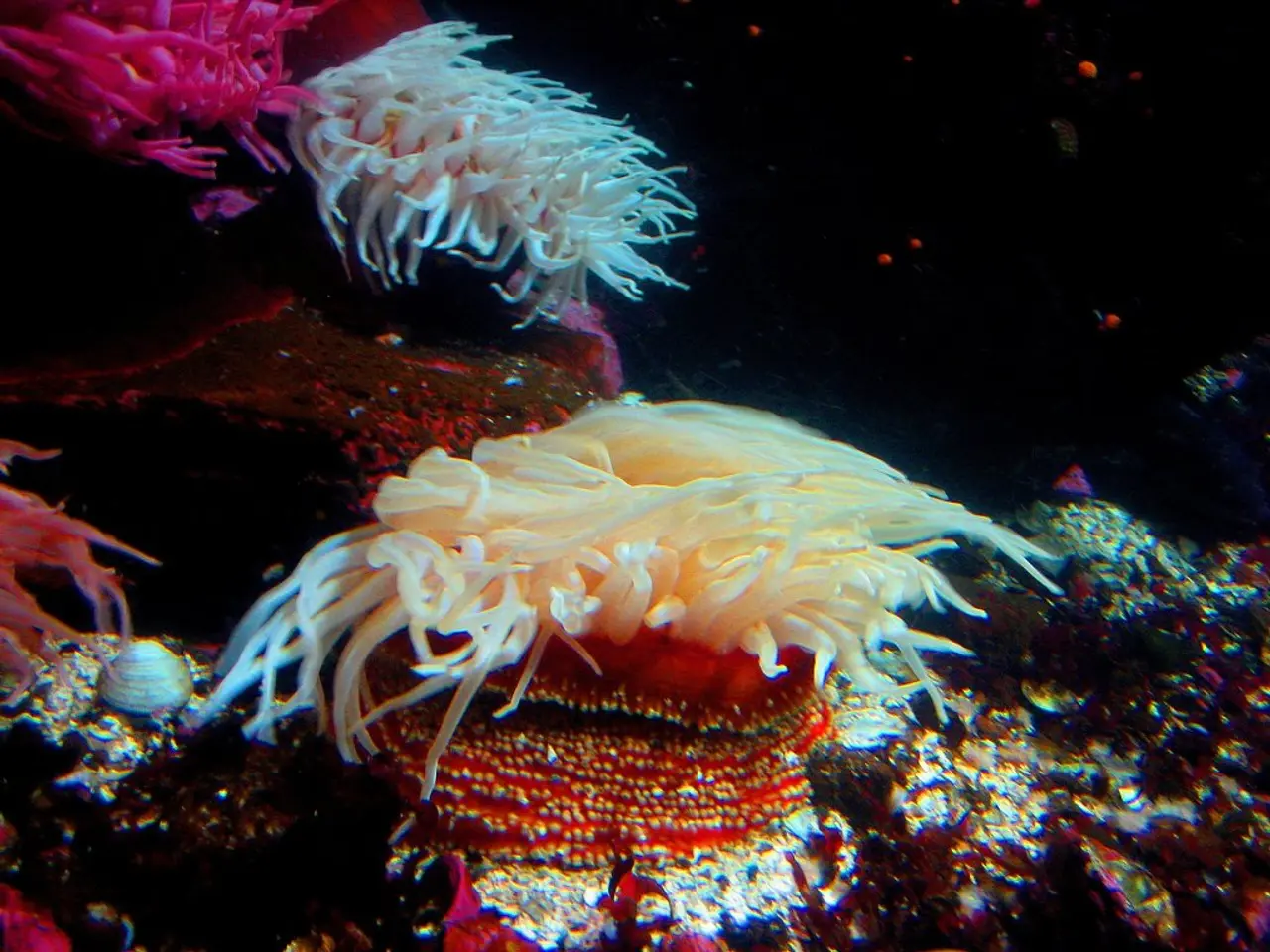Research reveals that Brazilian brain coral maintains substantial amounts of carbon
The Alcatrazes Archipelago, a collection of islands off the coast of São Paulo, Brazil, may play a more significant role in the fight against climate change than previously thought. A recent study has found that the brain coral found in the archipelago could provide an essential carbon dioxide sequestration service.
Guilherme Henrique Pereira Filho, coordinator of the Marine Ecology and Conservation Laboratory (LABECMar) at IMar-UNIFESP, has concluded that Alcatrazes may offer an essential carbon dioxide sequestration service. The data for this study was accumulated between 2018 and 2023 by researchers from the University of São Paulo (USP) and the Brazilian Institute for the Environment and Renewable Natural Resources (IBAMA).
Calcium carbonate, composed of the elements calcium, oxygen, and carbon, is present in large quantities in the sediments of the main island of Alcatrazes, due to the breakdown of coral skeletons and other organisms' structures. The annual production of CaCO by brain coral represents the retention of approximately 20 tonnes of carbon dioxide in mineral form. This carbon dioxide stored in a mineralised form by corals can last for centuries or even millennia, contrasting with the quick reintegration of organic carbon dioxide into the atmosphere.
The carbon dioxide captured by the Alcatrazes Archipelago brain coral could contribute to understanding the role of subtropical coral reefs in the global carbon dioxide balance. Interestingly, tropical coral reefs, such as those in Abrolhos and Fernando de Noronha, have similar CaCO production rates to those found in the Alcatrazes Archipelago. However, tropical corals, more exposed to light and warmer waters, can emit more carbon dioxide than they absorb due to high respiration rates.
The study was led by Luiz de Souza Oliveira, who used computed tomography images to estimate the production of CaCO by the brain coral. The work of the research group also shows that the main island of Alcatrazes contains large quantities of calcium carbonate from various sources. The carbon dioxide retention by brain coral is equivalent to the carbon dioxide emissions from burning 324,000 litres of gasoline.
While the Alcatrazes Archipelago is known for its importance in protecting species for fishing, society may undervalue the carbon dioxide sequestration service provided by environments like Alcatrazes. It is not yet known why the corals in Alcatrazes do not accumulate to form reefs around the islands, but this finding could open up new avenues for research into the carbon dioxide sequestration potential of subtropical coral reefs.
In conclusion, the Alcatrazes Archipelago brain coral may provide another important ecosystem service: carbon dioxide sequestration. The findings of this study could help in understanding the role of subtropical coral reefs in the global carbon dioxide balance and highlight the need to protect these vital ecosystems.
Read also:
- What is the expected timing for the flu season in this current year?
- Essential Information on Cushing Syndrome: a Disorder Caused by High Cortisol Levels
- Starting in September, elderly individuals aged 75 years and above will be enrolled in a preventive program for Respiratory Syncytial Virus (RSV).
- Financial burdens associated with alcohol-induced offenses and criminal justice system expenses




